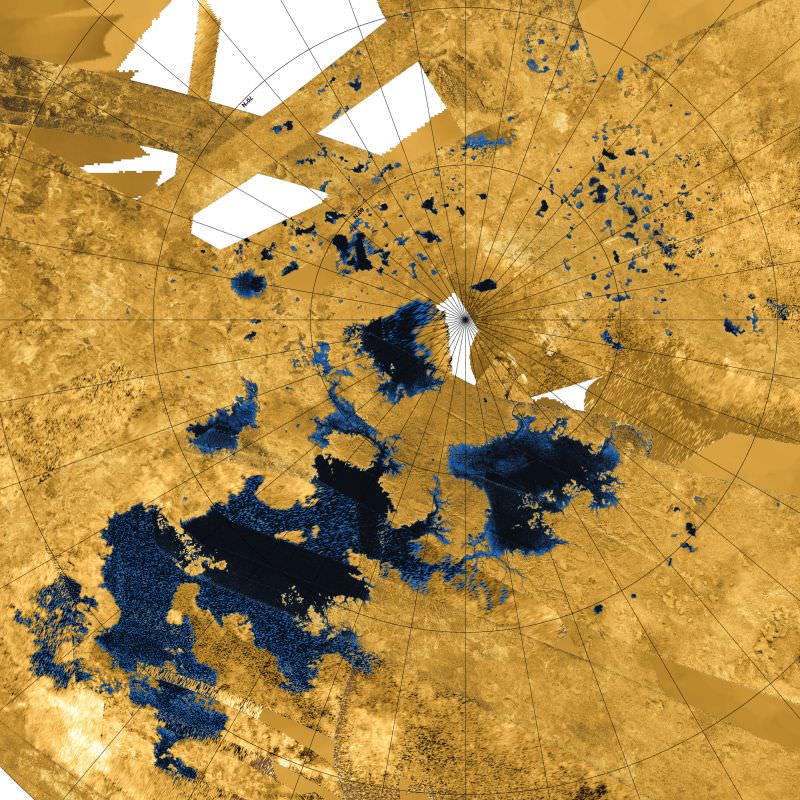After helium leaks and thruster problems with Boeing’s Starliner capsule, NASA has been pushing back the return date from the International Space Station. On Friday, the agency announced they no longer had a planned return date. Instead, they will keep testing the capsule, trying to understand its issues, and seeing if they can make any fixes. Plenty of supplies are on the station, so there’s no urgent need to bring the two astronauts back to Earth.
Continue reading “NASA Doesn't Know When Starliner Will Return From Orbit”NASA Doesn't Know When Starliner Will Return From Orbit










